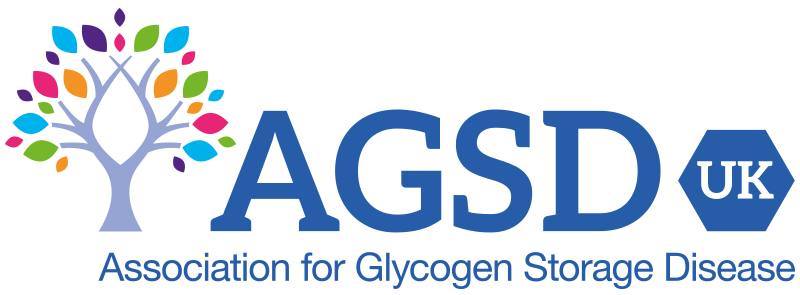There are two sub-types of GSD1, we explain the difference between 1a and 1b. Much of the symptoms and management are the same for both.
Management guidelines
 Guidelines for management of glycogen storage disease type I have been published in the European Journal of Pediatrics.
Guidelines for management of glycogen storage disease type I have been published in the European Journal of Pediatrics.
Authors: Jan Peter Rake, Gepke Visser, Philippe Labrune, James V. Leonard, Kurt Ullrich and G. Peter A. Smit.
Abstract of the article
Life-expectancy in glycogen storage disease type I (GSD I) has improved considerably. Its relative rarity implies that no metabolic centre has experience of large series of patients and experience with long-term management and follow-up at each centre is limited. There is wide variation in methods of dietary and pharmacological treatment.
Based on the data of the European Study on Glycogen Storage Disease Type I, discussions within this study group, discussions with the participants of the international SHS-symposium ‘Glycogen Storage Disease Type I and II: Recent Developments, Management and Outcome’ (Fulda, Germany; 22–25th November 2000) and on data from the literature, guidelines are presented concerning:
- diagnosis, prenatal diagnosis and carrier detection;
- (biomedical) targets;
- recommendations for dietary treatment;
- recommendations for pharmacological treatment;
- metabolic derangement/intercurrent infections/emergency treatment/preparation elective surgery; and
- management of complications (directly) related to metabolic disturbances and complications which may develop with ageing and their follow-up.
Conclusion: In this paper guidelines for the management of GSD I are presented.
Access the full paper
The paper is mainly aimed at doctors involved in the diagnosis and management of people with GSD Type I. However, a copy of the full article may be purchased by anyone via Springer Link.
